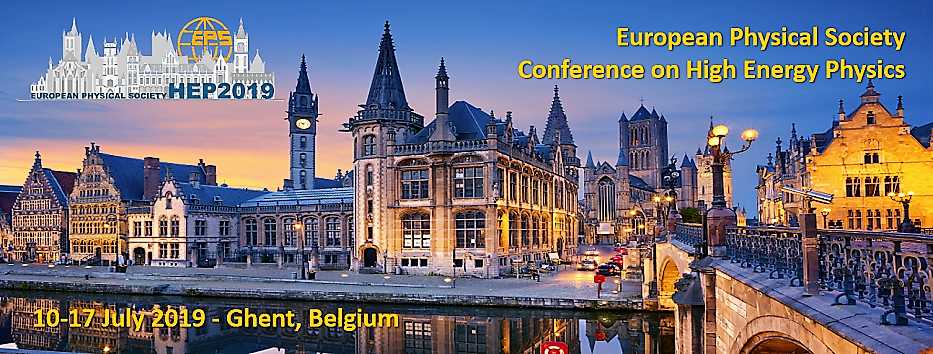Speaker
Description
The detection of gravitational waves and neutrinos from astrophysical sources with gamma-ray counterparts officially started the era of Multi-Messenger Astronomy. Their transient and extreme nature implies that monitoring the VHE sky will be fundamental to investigate the non-electromagnetic signals. However, the limited effective area of space-borne instruments prevents observations above a few hundred GeV, while the small field of view and low duty cycle of IACTs make them unsuited for extensive monitoring activities and prompt response to transients. Extensive Air Shower arrays (EAS) can provide a large field of view, a wide effective area and a very high duty cycle. Their main difficulty is the distinction between gamma-ray and cosmic-ray initiated air showers, especially below the TeV range.
Here we present some case studies stressing the importance that a new EAS array in the Southern hemisphere will be able to survey the sky from below 100 GeV up to several TeV. In the energy domain between 100 and 400 GeV we expect the strongest electro-magnetic signatures of the acceleration of ultra-relativistic particles in sources like SNRs, blazar jets and gamma-ray bursts, as recently proved by IACTs observations. This spectral window is also crucial to understand the Universe opacity to high energy radiation, thus providing constraints on the cosmological parameters. We will discuss the implications of VHE radiation on the mechanisms at work and we will focus on the advantages resulting from the ability to monitor the energy window lying between the domain of space-borne detectors and ground-based facilities.
